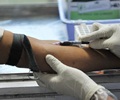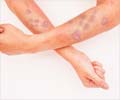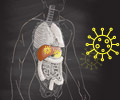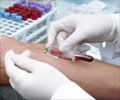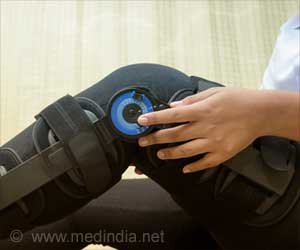More than 90 percent of patients with cirrhosis are cured with treatment of Hepatitis C infection treatment and twelve weeks of an oral investigational therapy according to a new study

Interferon previously was the only agent to show effectiveness against hepatitis C, but patients often relapsed and the therapy caused multiple side effects. The new regimen is interferon-free and consists of several agents — ABT-450/ritonavir, ombitasvir, dasabuvir and ribavirin. Twelve weeks after the last dose, no hepatitis C virus was detected in the bloodstream of 91.8 percent of patients who took the pills for 12 weeks. Among patients treated for 24 weeks, 95.9 percent were virus-free 12 weeks after the end of therapy.
"These are out-of-the-ballpark response rates, not on the same planet as interferon," Dr. Poordad said. "The reason this study is so profound is because interferon is not tolerated nor is it safe in many people with cirrhosis. Many of the patients with cirrhosis in this study were not even eligible to be treated with interferon."
One of those patients was retired San Antonio anesthesiologist Sergio Buentello, M.D. Diagnosed with hepatitis C infection 11 years ago, Dr. Buentello had treatment with side effects and no cure eight years ago. "My viral count came down, but never to zero," he said.
When Eric Lawitz, M.D., of the Texas Liver Institute told him of the possibility of treatment with the new therapy, Dr. Buentello said he was skeptical. But as for so many others, the therapy worked.
"I feel very lucky to be living in this time, because I was almost resigned to the idea that I could never be cured," Dr. Buentello said.
Investigators are cataloging patient blood samples for three years after therapy and so far have noticed no long-term, late relapses, Dr. Poordad said.
The combination medication regimen is expected to be on the market as early as the end of 2014 or very early 2015.
Source-Eurekalert
 MEDINDIA
MEDINDIA


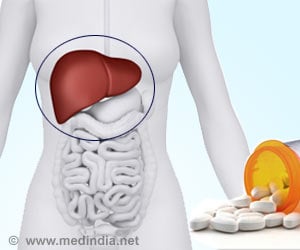
 Email
Email
